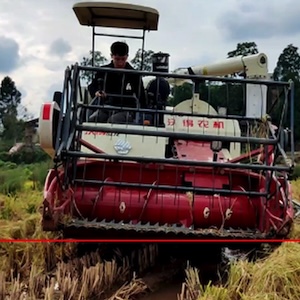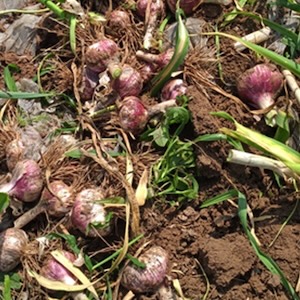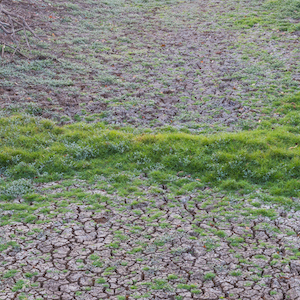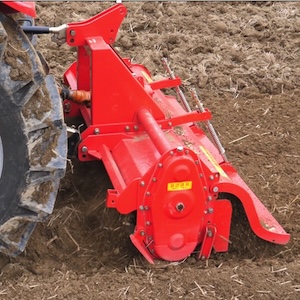Investigating the impact of integrating land consolidation with agricultural mechanization on the technical, energy, and environmental dimensions of paddy production
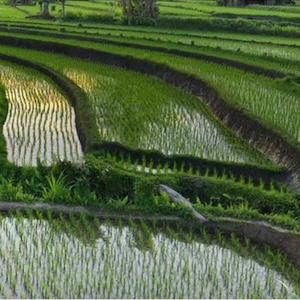
Supplementary: 3
All claims expressed in this article are solely those of the authors and do not necessarily represent those of their affiliated organizations, or those of the publisher, the editors and the reviewers. Any product that may be evaluated in this article or claim that may be made by its manufacturer is not guaranteed or endorsed by the publisher.
Authors
This research investigates how the integration of land consolidation and agricultural mechanization can enhance the technical efficiency, energy consumption, and environmental sustainability of paddy cultivation compared to conventional farming practices. Our primary objective is to assess whether consolidated and mechanized farming systems result in higher productivity and lower energy use, while also reducing environmental impacts such as greenhouse gas emissions, water consumption, and soil erosion. Conventional farming methods, characterized by fragmented land holdings, often lead to inefficiencies and environmental harm. By merging smaller plots into larger, contiguous fields, we aim to boost farming efficiency and facilitate the adoption of agricultural machinery. This study will analyze three distinct cultivation scenarios: i) conventional fragmented fields relying on manual labor, ii) integrated fields utilizing manual labor, and iii) integrated fields employing mechanization. We will evaluate key technical indicators, including crop yield, labor productivity, and crop quality, alongside energy consumption metrics like fuel and electricity usage. Furthermore, will assess the environmental implications of each scenario, focusing on greenhouse gas emissions, water usage, and soil erosion. The findings from this research will enhance our understanding of the combined effects of land consolidation and mechanization in paddy farming. Additionally, the insights gained will provide valuable guidance for policymakers and farmers, promoting sustainable practices in paddy cultivation that support food security while minimizing negative environmental impacts. This investigation aims to distinguish itself by examining the synergistic potential of land consolidation and mechanization, rather than considering them in isolation as has been done in previous studies.
How to Cite

This work is licensed under a Creative Commons Attribution-NonCommercial 4.0 International License.
PAGEPress has chosen to apply the Creative Commons Attribution NonCommercial 4.0 International License (CC BY-NC 4.0) to all manuscripts to be published.
Similar Articles
- Lucia P. Caliandro, Rosa V. Loisi, Pasquale Dal Sasso, Connections between masserie and historical roads system in Apulia , Journal of Agricultural Engineering: Vol. 45 No. 1 (2014)
- Seth Laurenson, Laura Villamizar, Remy Lasseur, Rhys Fitzgerald, Shengjing Shi, 3D-printed biological habitats for the protection and persistence of Rhizobia species in compacted soils , Journal of Agricultural Engineering: Vol. 53 No. 4 (2022)
- Zhongwei Hua, Min Guan, Lightweight sandy vegetation object detection algorithm based on attention mechanism , Journal of Agricultural Engineering: Vol. 54 No. 1 (2023)
- Yerong Sun, Kechuan Yi, Agricultural machinery photoelectric automatic navigation control system based on back propagation neural network , Journal of Agricultural Engineering: Vol. 54 No. 4 (2023)
- Alessio Cappelli, Chiara Parretti, Enrico Cini, Paolo Citti, Development of a new washing machine in olive oil extraction plant: A first application of usability-based approach , Journal of Agricultural Engineering: Vol. 50 No. 3 (2019)
You may also start an advanced similarity search for this article.

 https://doi.org/10.4081/jae.2025.1721
https://doi.org/10.4081/jae.2025.1721





